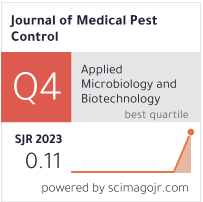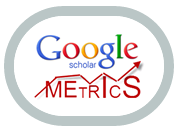Analysis of epidemiologic features of dengue fever epidemic in Tianhe District,Guangzhou City from 2012 to 2022
Abstract
Objective: To analyze the epidemiological characteristics and trends of dengue fever outbreaks in Tianhe District, Guangzhou City over the period from 2012 to 2022, to inform prevention and control strategies.
Methods: Dengue fever case data reported in Tianhe District from 2012 to 2022 were collected and analyzed. Epidemiologic features including incidence rates, seasonal distribution, demographic characteristics, and spatial patterns were examined. Statistical tools were used to identify trends and high-risk populations.
Results: Dengue fever cases showed a fluctuating but overall increasing trend during the decade, with peak incidences occurring mainly in the summer and autumn months. The majority of cases were reported among adults aged 20-49 years, with a slight male predominance. Spatial analysis revealed clustering of cases in urban residential areas. The findings indicated that local climate, population density, and mosquito control measures significantly influenced the epidemic patterns.
Conclusion: The dengue fever epidemic in Tianhe District exhibits distinct seasonal and demographic patterns. Strengthening vector control, enhancing public awareness, and focusing on high-risk groups are critical for effective dengue prevention and control in the region.
Full text:
PDFReferences
Jiang S., Yu B., Jiang M., Liu P., Ye X., Chen Y.



